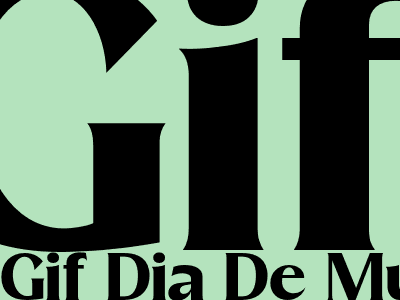
Gif Dia De Muertos
Celebrate the Day of the Dead: The History, Traditions, and Evolution of Día de Muertos
Introduction: Honoring the Departed
Every year, from October 31st to November 2nd, Mexico and other parts of the world come alive with the vibrant colors and cheerful atmosphere of Día de Muertos, the Day of the Dead. This unique festival is a time to remember and honor deceased loved ones, while also celebrating the continuity of life and the enduring power of human memory.
Origins and History: Ancient Roots
Día de Muertos has its roots in ancient Mesoamerican cultures, particularly the Aztecs and Mayans. For these civilizations, death was not an end but rather a transition to another realm of existence. They believed that the spirits of the dead returned to visit their families during the ninth month of the Aztec calendar, which coincided with October or November.
Traditions and Rituals: Honoring the Memories
Over the centuries, Día de Muertos has evolved into a syncretic celebration that blends ancient beliefs with Catholic traditions. Families create elaborate ofrendas, or altars, adorned with marigolds, candles, photographs, and the deceased's favorite foods and drinks. These ofrendas serve as a bridge between the living and the dead, allowing the departed to return and partake in the festivities.
Ofrendas: A Pathway to Remembrance
Ofrendas are intricately crafted displays that represent the essence of the person being honored. They include: * Marigolds (cempasúchil): These vibrant flowers are believed to guide the spirits home with their bright colors and strong scent. * Candles: Flickering candles represent the eternal flame of life and guide lost souls back to their loved ones. * Photographs: Pictures of the deceased serve as a direct connection to their presence and memory. * Food and Drinks: The deceased's favorite dishes and beverages are offered as a way to nourish their spirits. * Personal Belongings: Objects that held special significance to the deceased are displayed, creating a tangible link to their life.
Processions and Celebrations: A Joyous Farewell
In many communities, Día de Muertos is marked by colorful processions and public celebrations. People dress up in vibrant costumes, often depicting calacas (skeletons) or catrinas (elegant female skeletons). These parades symbolize the joyous reunion between the living and the dead.
The Evolution of Día de Muertos: A Living Tradition
Over the years, Día de Muertos has undergone a transformation, reflecting changing cultural and societal norms. While the core traditions remain strong, contemporary artists and activists have reinterpreted the festival's symbolism, using it to address social issues, explore identity, and promote cultural diversity.
Día de Muertos Today: A Global Celebration
Today, Día de Muertos is celebrated not only in Mexico but also in communities around the world. It has become a UNESCO-recognized Intangible Cultural Heritage of Humanity, gaining international recognition for its unique blend of rituals, beliefs, and artistic expressions.
Conclusion: A Festival of Life and Remembrance
Día de Muertos is a vibrant and multifaceted festival that celebrates the enduring bond between the living and the dead. Through its unique blend of ancient traditions, Catholic rituals, and modern interpretations, it serves as a powerful reminder of the cycle of life and the enduring power of human memory.
Comments